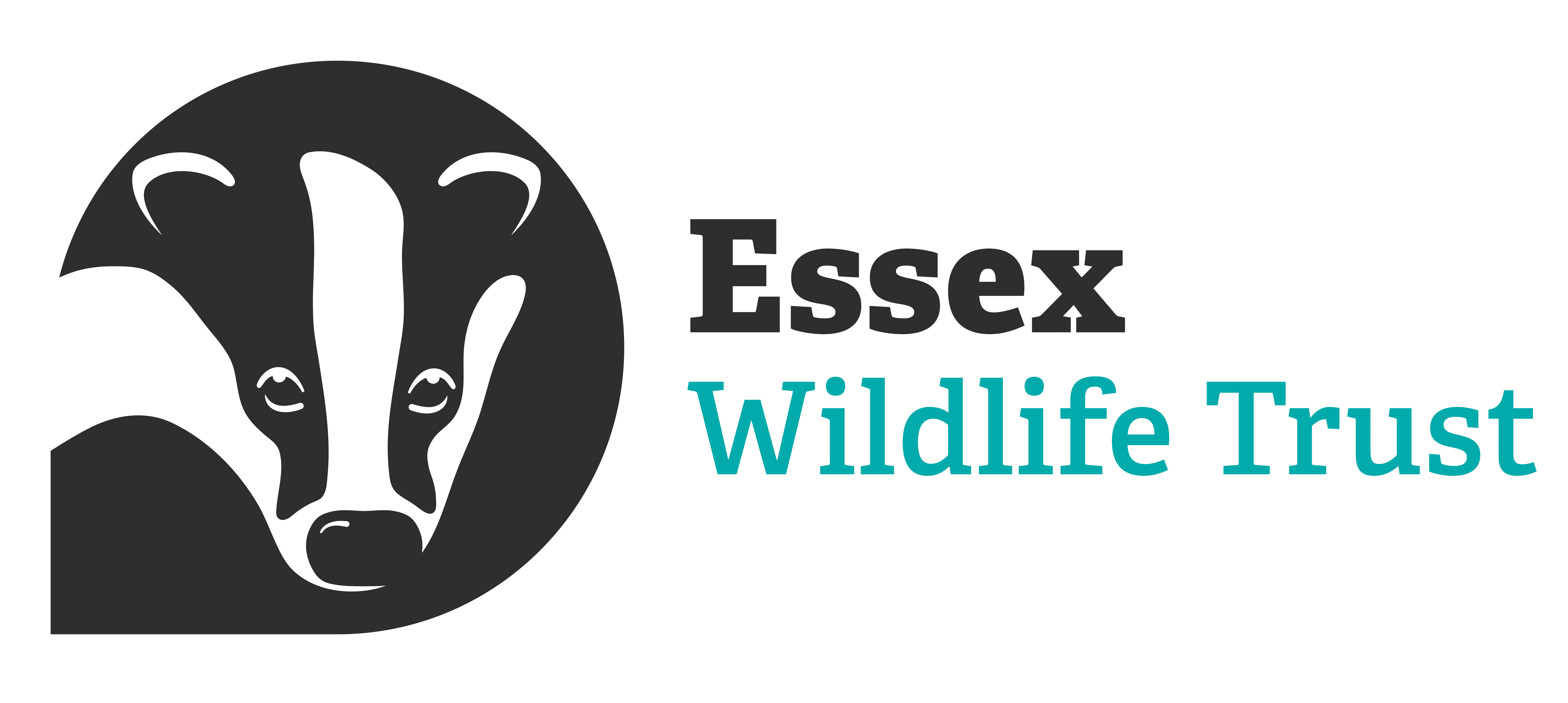Essex Wildlife Trust reports a record-breaking year for heath fritillary butterflies at one of their nature reserves, managed especially for this butterflies’ recovery.
The heath fritillary butterfly was once close to extinction in the UK, but thanks to conservation efforts, numbers are on the rise.

